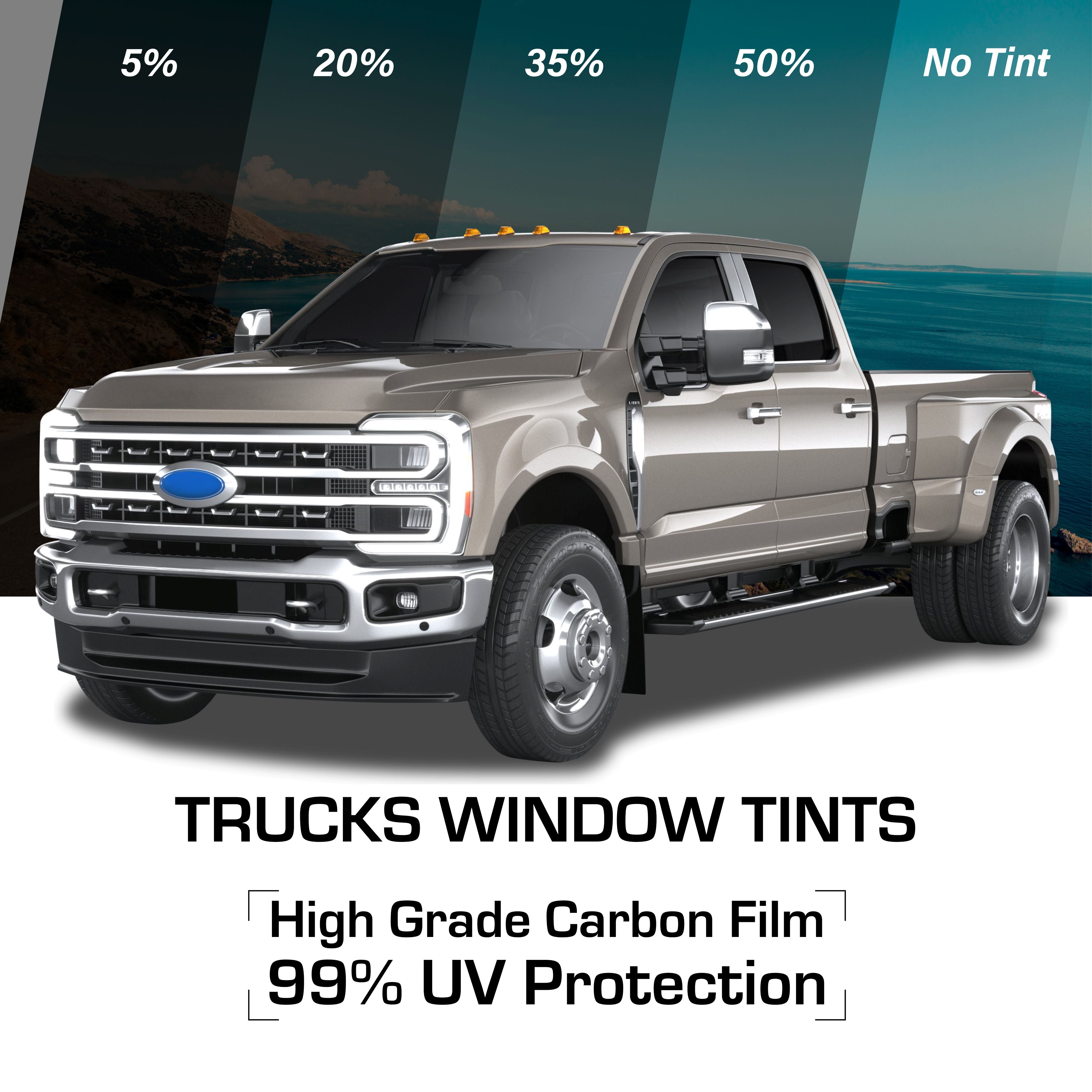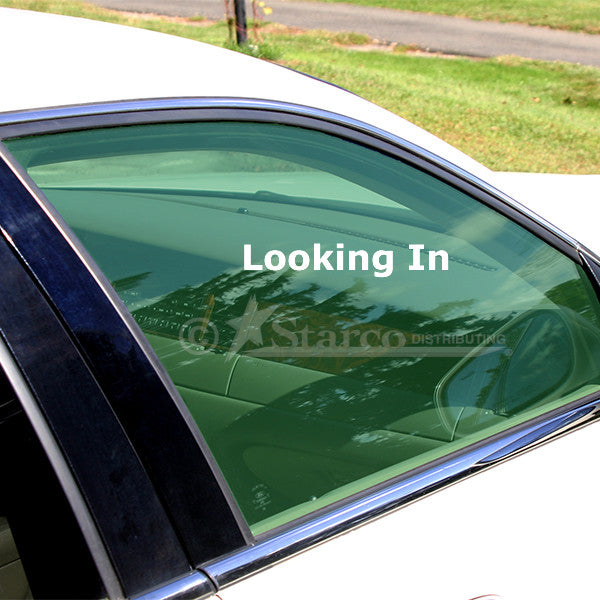Every little thing You Need to Learn About Automobile Window Tinting for Your Car
Automobile home window tinting is a functional improvement for many car proprietors. It provides benefits such as boosted convenience and energy effectiveness. Numerous tint films deal with different demands and preferences. Understanding lawful regulations and selecting the appropriate tint percent is vital. The installment process and appropriate upkeep additionally play significant functions in ensuring the durability of the tint. What various other elements should one think about prior to deciding on window tinting?
Benefits of Car Window Tinting
Although some car proprietors might forget it, car home window tinting offers countless benefits that boost both the driving experience and the vehicle's long life. One of the primary advantages is the reduction of warm accumulation inside the car, permitting a much more comfortable trip, specifically during hot climate. This can result in lowered dependence on air conditioning, boosting fuel efficiency.Additionally, window tinting gives defense versus dangerous UV rays, which can cause skin damage and discolor indoor materials in time. By blocking these rays, the color aids protect the car's interior and maintain its resale value.Moreover, colored windows can improve personal privacy and safety, as they make it more tough for outsiders to see inside the vehicle. This included layer of protection can hinder possible burglary. Generally, auto window tinting functions as a functional investment that adds to the vehicle and both convenience's general wellness.
Kinds of Window Tint Films
When considering vehicle window tinting, car owners run into a selection of window color movies, each designed to fulfill specific requirements and preferences. The first classification is colored home window movie, which gives a basic level of personal privacy and UV defense while being affordable. Next off, metalized movies integrate tiny metal particles, showing warmth and enhancing toughness, although they may hinder electronic signals.Ceramic films are one more option, known for their remarkable heat being rejected and quality, providing high performance without signal disturbance. Hybrid films incorporate qualities of colored and metalized films, striking a balance between expense and capability. Each kind of home window color movie offers distinct benefits, allowing automobile owners to pick based upon their details demands, such as heat control, look, and spending plan factors to consider. Comprehending these alternatives is necessary for making a notified choice concerning vehicle window tinting.
Comprehending Legal Regulations
When considering auto home window tinting, it is crucial to recognize the legal regulations that regulate color darkness restrictions and windscreen color needs. These laws can vary significantly from one state to another, impacting what is permissible for car proprietors. Familiarizing oneself with these regulations warranties conformity and assists avoid possible penalties or fines.
Color Darkness Limitations
How can vehicle proprietors ensure they remain compliant with local regulations concerning window tinting? Comprehending color darkness limitations is vital. Each state has specific laws that determine the allowable degrees of darkness for home window colors, which are determined by Visible Light Transmission (VLT) percents. Typically, front-side home windows need to enable a greater percentage of light contrasted to rear windows. Some states might permit only 30% VLT for front home windows, while the back home windows might be allowed to have significantly darker tints. To ensure compliance, automobile owners ought to speak with state guidelines or neighborhood police for accurate information. Additionally, accredited tinting professionals can supply insights concerning lawful limits, ensuring that car owners make informed choices.
Windscreen Color Rules

State-Specific Legislations
Steering with the landscape of state-specific legislations pertaining to vehicle window tinting calls for careful interest to detail, as guidelines can differ significantly from one state to one more. Each state has its own collection of rules regulating allowable tint portions, sorts of materials, and placement on vehicle home windows. For instance, some states permit darker tints on back home windows while forbiding them on front home windows, while others have more stringent total limitations. Additionally, certain states mandate making use of details materials or call for accreditation from installers. Failing to adhere to these regulations can lead to fines or the requirement to remove non-compliant tint. Subsequently, automobile owners need to consult their state's Division of Motor Automobiles or pertinent authority to assure adherence to neighborhood laws
Selecting the Right Color Percentage
When choosing the appropriate color percentage for a vehicle's home windows, one have to take into consideration different variables that affect both aesthetics and capability. Color percentages generally range from 5% to 70%, with lower percents offering darker tones and higher percents allowing extra light in. A darker tint can improve privacy and minimize glare, while a lighter tint can maintain presence and follow lawful restrictions.Furthermore, personal preference plays a substantial function in this choice. Some individuals might choose the streamlined look of darker tints, while others may prefer an extra open, ventilated feeling. Additionally, the car's objective need to be taken into account; for circumstances, those using their vehicles for business functions may select lighter tints to keep a specialist look.Ultimately, the ideal color percent balances personal style, convenience, and adherence to local guidelines, making certain a gratifying tinting experience.
The Installment Refine
A successful installation of home window color needs careful interest to detail and the right tools. The process generally starts with thorough cleaning of the windows to remove dust, debris, and dirt, assuring proper attachment of the movie. When the surface areas are prepared, the installer actions and cuts the tint movie to fit each window accurately.Next, the film is placed on the glass, frequently using an option to facilitate simple adjustment and stop air bubbles. Heat is sometimes put on the movie to adjust it to the home window's curves, enhancing its look and long life. After verifying a smooth fit, the installer diligently trims click site any type of excess movie along the edges.Finally, the installer look for imperfections and confirms all sides are protected. This meticulous approach is important not just for looks but additionally for attaining the preferred performance benefits of home window tinting, such as UV protection and heat reduction.
Upkeep and Look After Tinted Windows
Correct upkeep and treatment are necessary for maintaining the integrity of colored windows. Effective cleaning techniques, the evasion of dangerous chemicals, and regular assessments for damages play crucial duties in ensuring long life. By following these standards, car owners can preserve the useful and visual benefits of their window tint.
Cleaning Strategies for Color
Preserving the quality and durability of colored windows requires particular cleansing strategies tailored to the film's delicate surface. It is vital to make use of a soft microfiber towel to avoid damaging the color while cleansing. A mild solution of water and a few declines of mild meal soap can successfully remove dirt and gunk. It is advisable to use the cleaning service to the fabric, instead of directly onto the colored surface area, to prevent dampness from permeating right into the sides of the film. Gentle, round activities ought to be utilized to clean up the windows extensively. Normal cleansing helps maintain exposure and stops buildup, making sure that the color stays in prime condition in time. Adhering to these strategies will prolong the life of colored windows.
Staying Clear Of Dangerous Chemicals
Several family cleansing items are reliable on various surfaces, they can position significant risks to colored home windows. Chemicals such as ammonia, bleach, and certain solvents can break down the color film, bring about staining and peeling. Individuals ought to decide for pH-balanced cleaners especially made for colored home windows. In addition, using soft microfiber cloths will certainly aid prevent scrapes and preserve the tint's honesty. Regular upkeep is vital; consequently, avoiding harsh scrubbing site link or abrasive materials is crucial. It is a good idea to read item labels carefully to validate compatibility with window colors. By choosing the best cleaning options and devices, automobile owners can protect the look and functionality of their colored home windows, guaranteeing a longer lifespan and peak efficiency.
Checking for Damage
Regular evaluations of colored home windows are very important for identifying any signs of damages that may endanger their performance and appearance. Owners should search for bubbling, peeling off, or staining, as these concerns can indicate poor installment or exposure to damaging elements. It is suggested to check the sides of the movie where peeling might examine and start for any scrapes that can influence visibility. Additionally, ultraviolet (UV) rays can create the color to break down gradually, so checking its performance in obstructing UV light is crucial. If any kind of damage is detected, prompt activity needs to be taken, which might include specialist fixing or substitute. Preserving colored windows not only improves appearances but additionally assurances continued protection for both passengers and the vehicle inside.
Typical Myths About Window Tinting
What false impressions border home window tinting for lorries? Many individuals believe that all home window colors are illegal, yet laws differ by state, permitting details degrees of tinting. An additional typical misconception is that darker colors obstruct more warm; nevertheless, the performance of window movies depends upon their technology as opposed to darkness. Some people additionally think that home window tinting is only for looks, forgeting its benefits, such as UV defense and glow reduction. In addition, many presume that home window tinting will harm their automobile's glass, but skillfully applied tints can in fact boost glass sturdiness. Lastly, there is a belief that window colors obstruct presence, yet top notch films are created to maintain clear sightlines while offering personal privacy. Recognizing these misconceptions aids customers make educated decisions regarding window tinting, ensuring they delight in the complete range of benefits it supplies.
Often Asked Concerns
Just How Lengthy Does Window Tinting Generally Last?
The durability of home window tinting differs based upon variables such as setup high quality, film kind, and ecological conditions. Usually, top notch tint can last anywhere from five to 10 years prior to needing replacement or reapplication.
Can I Eliminate Window Color Myself?
Removing home window tint oneself is possible, though it might be tough. Individuals should utilize a warm source and adhesive cleaner to alleviate the procedure, however caution is recommended to avoid damaging the vehicle's glass or inside.
What Tools Are Needed for Do It Yourself Window Tinting?

Will Window Tinting Damage My Cars and truck's Glass?
Home window tinting, when applied appropriately, typically does not damage a vehicle's glass. Nevertheless, improper installment or low-grade movies may lead to peeling, gurgling, or scratching, possibly endangering the honesty of the glass with time.
Can Tinted Windows Influence My Automobile's Resale Worth?
The effect of colored home windows on a vehicle's resale value can vary. While some purchasers value the added privacy and UV protection, others may see it as a potential problem, possibly affecting resale favorably or negatively. When thinking about auto home window tinting, car owners run into a selection of window color movies, each made to fulfill details requirements and preferences. When considering automobile home window tinting, it is vital to recognize the lawful regulations like this that control color darkness limits and windscreen color needs. Commonly, front-side windows need to permit a greater percentage of light compared to rear home windows. Some states might enable only 30% VLT for front home windows, while the back windows might be allowed to have notably darker tints. Some states allow darker colors on rear home windows while banning them on front home windows, while others have stricter general limitations.